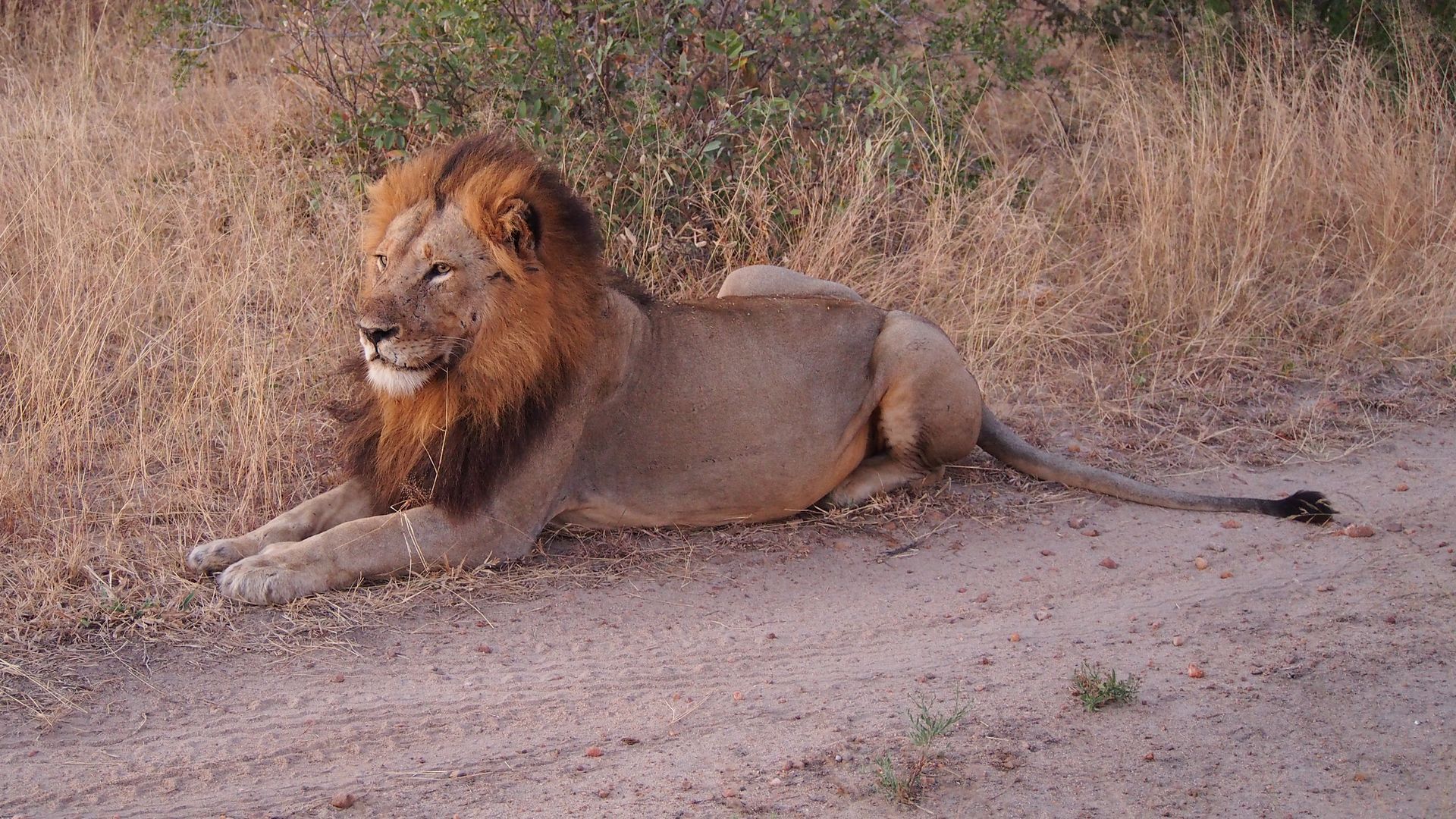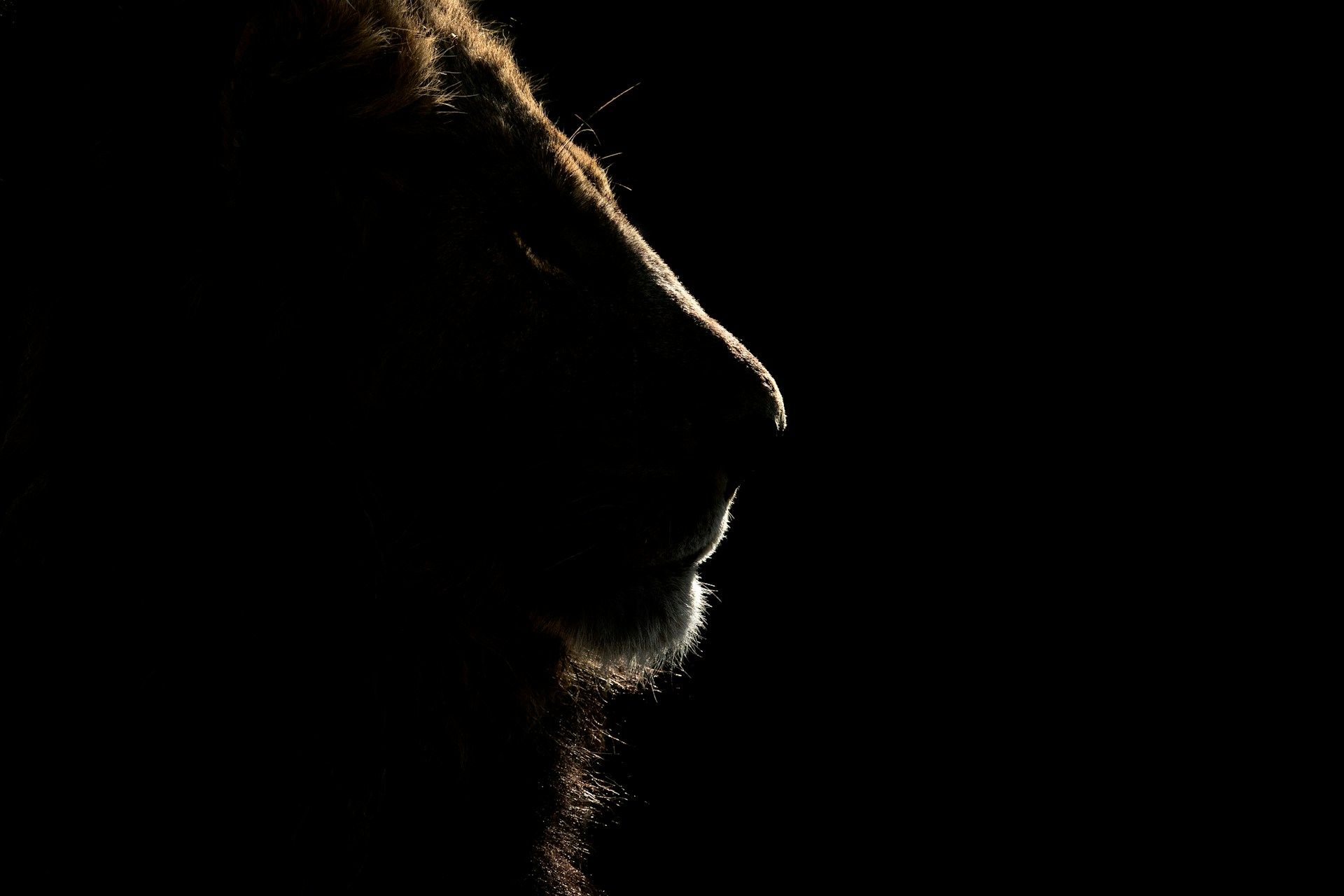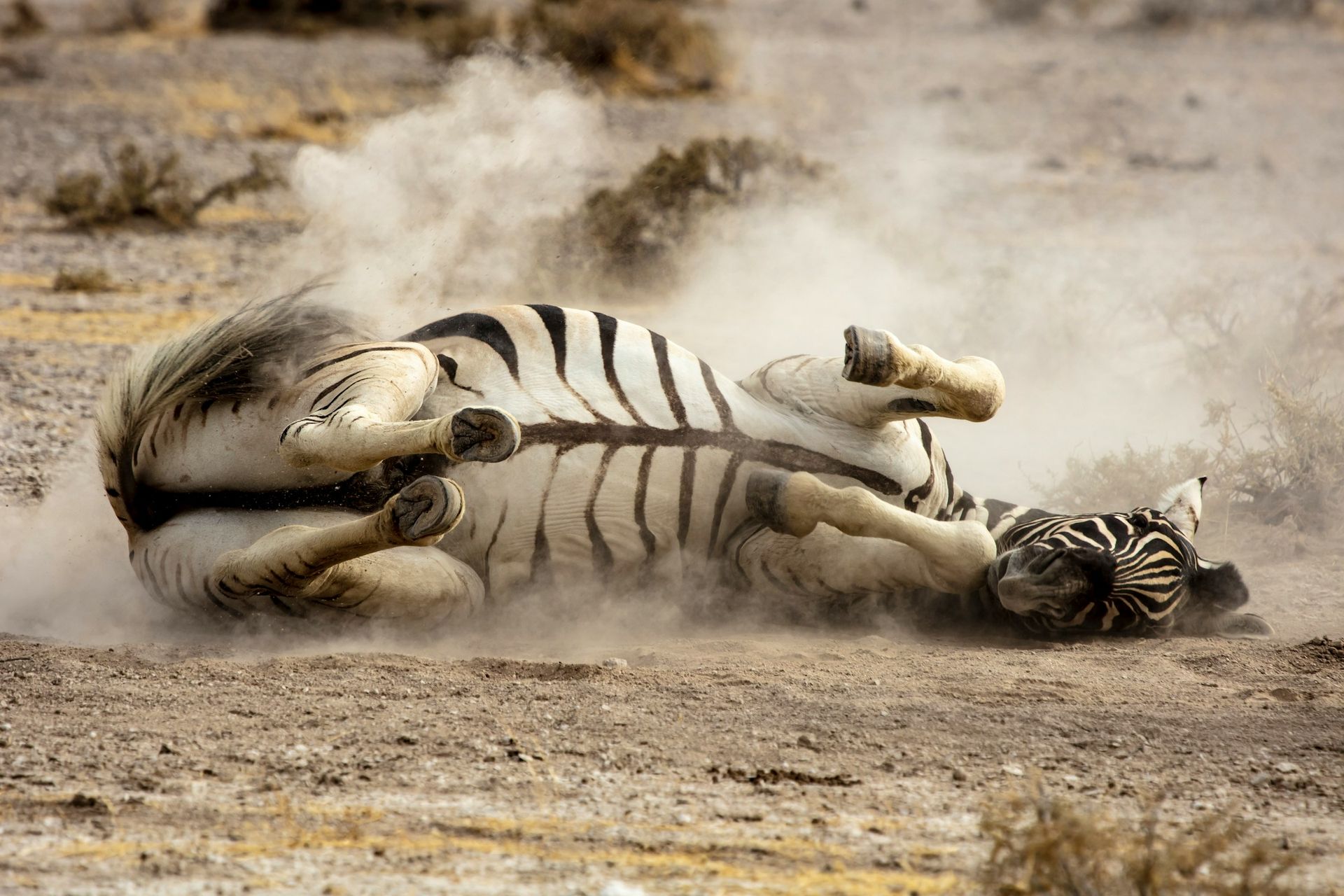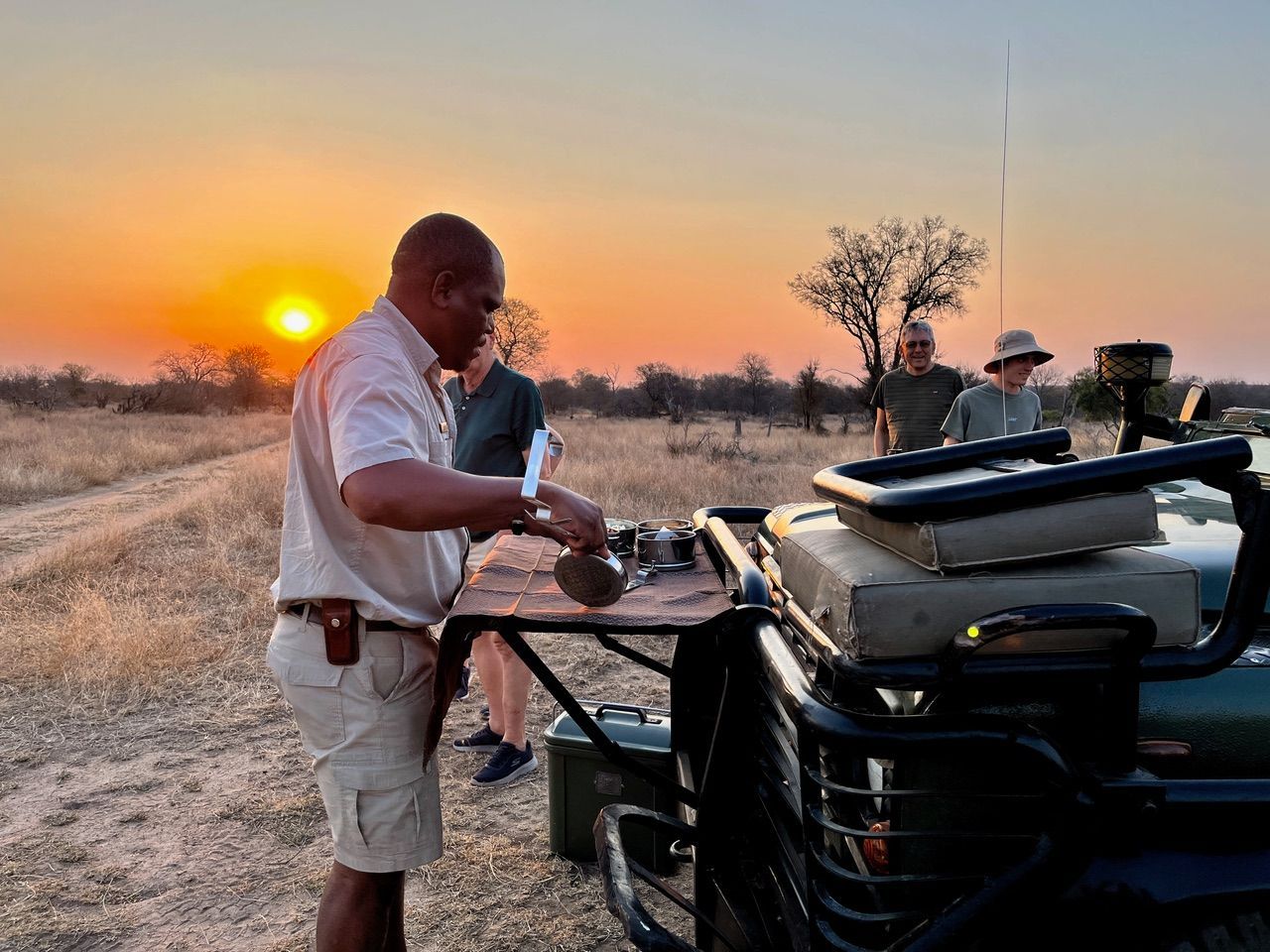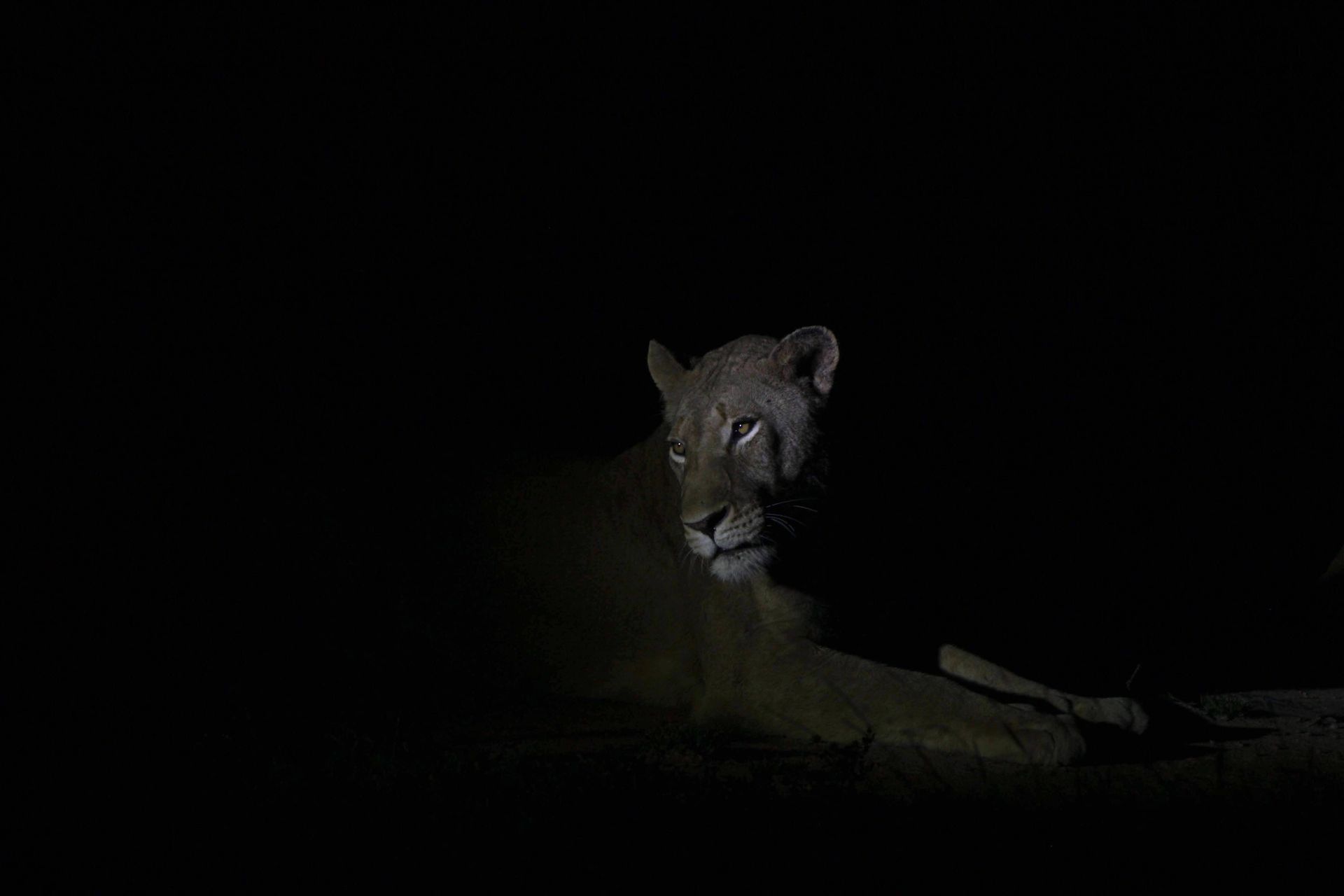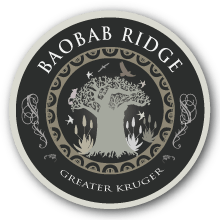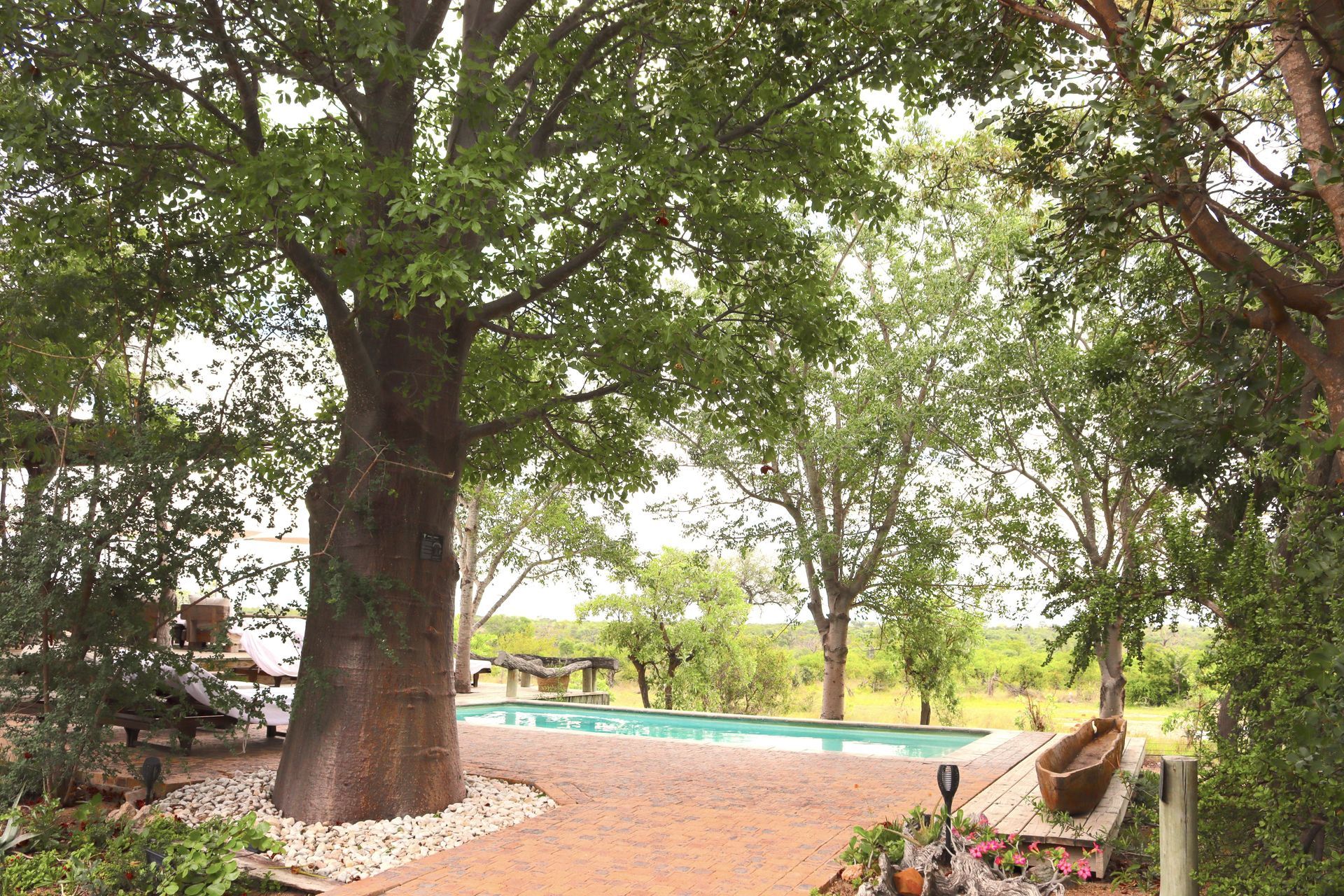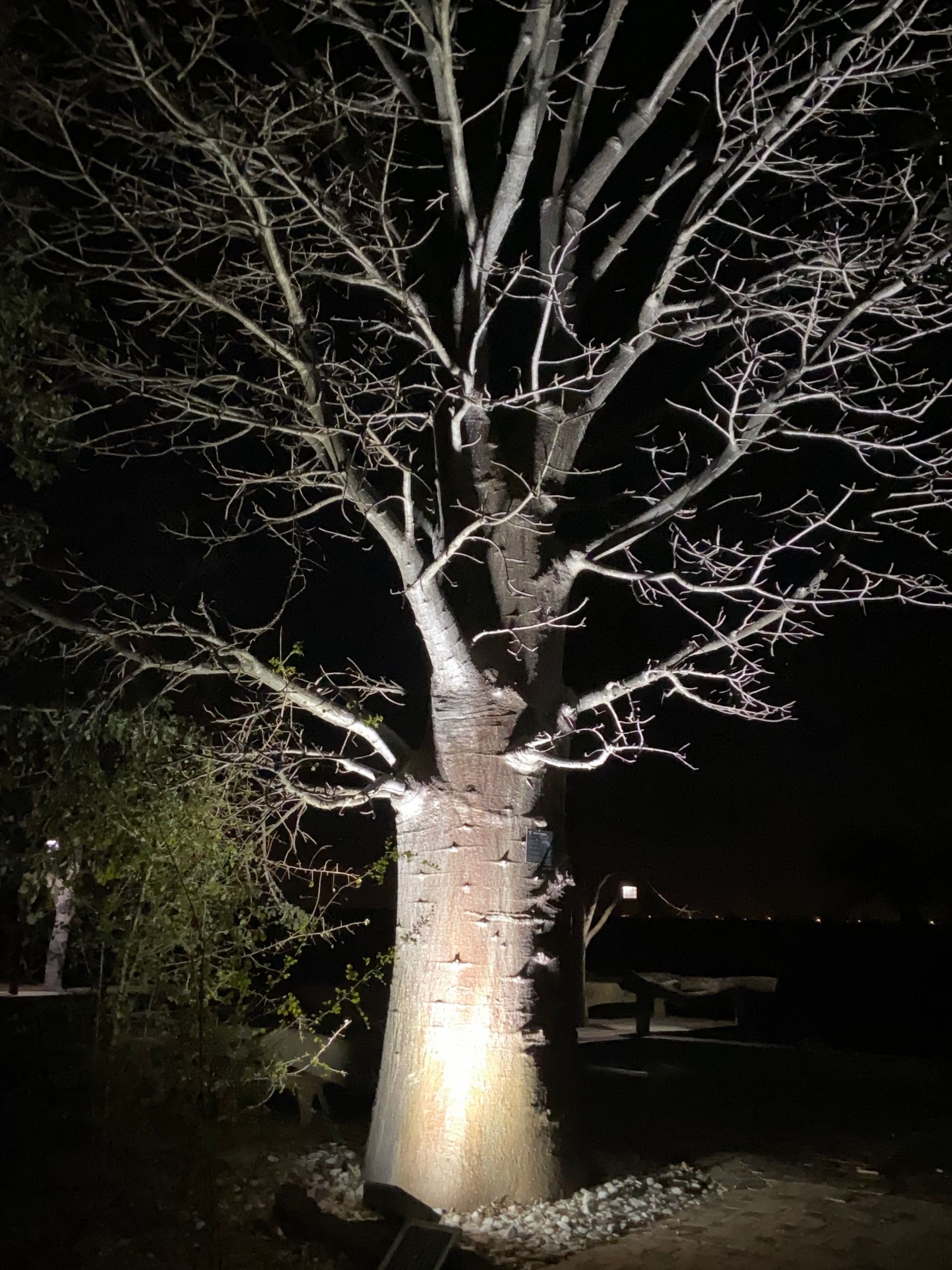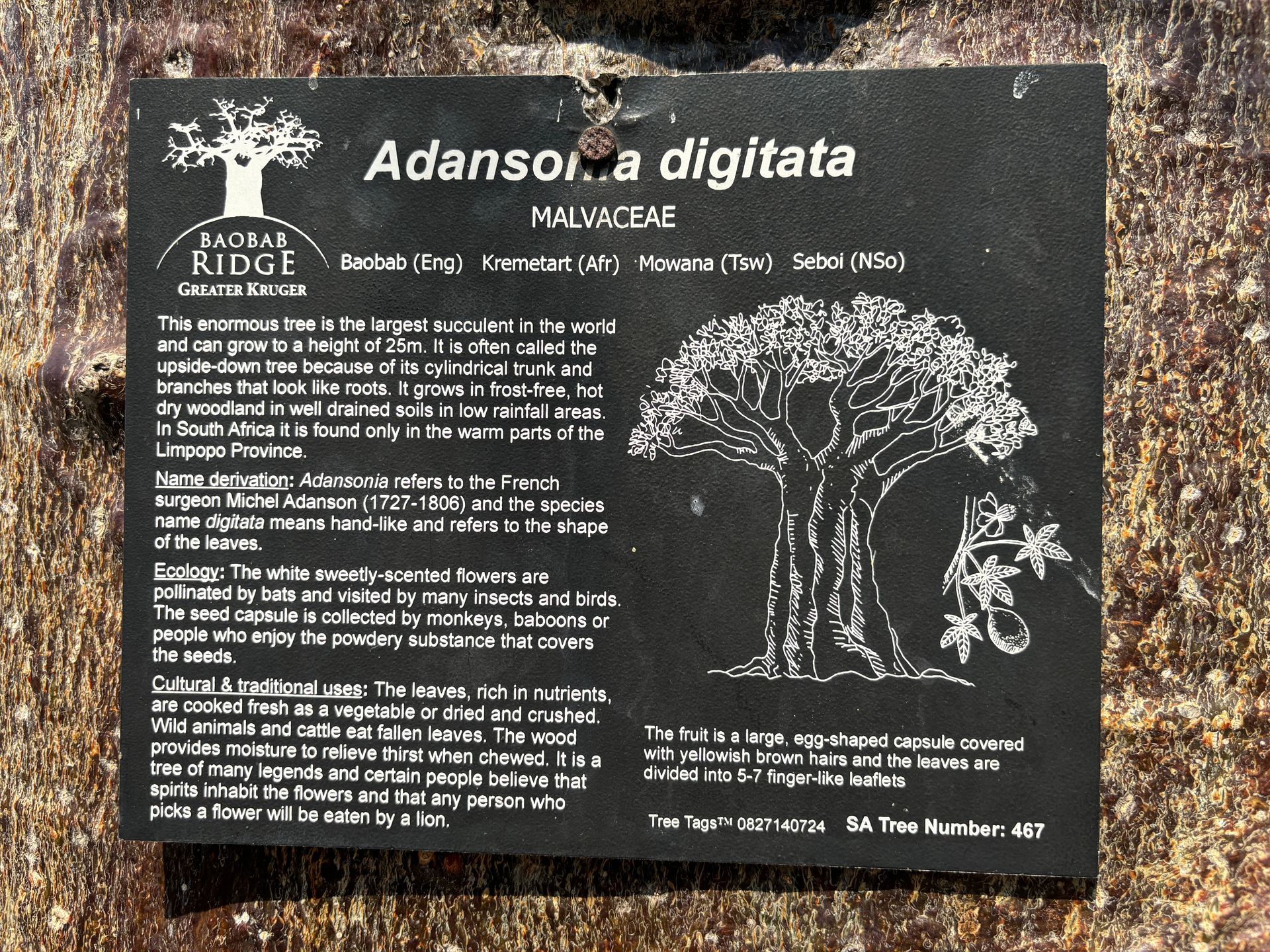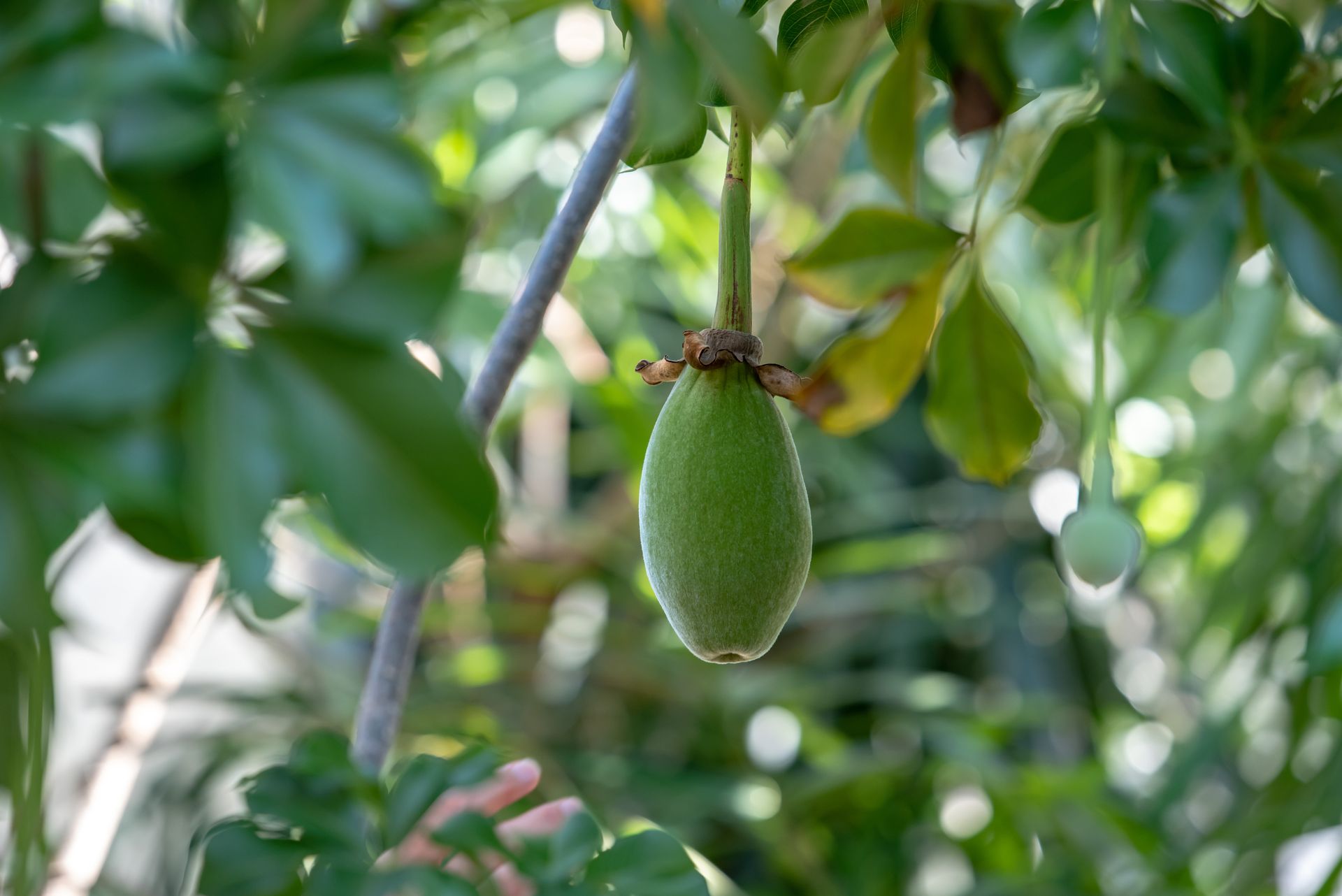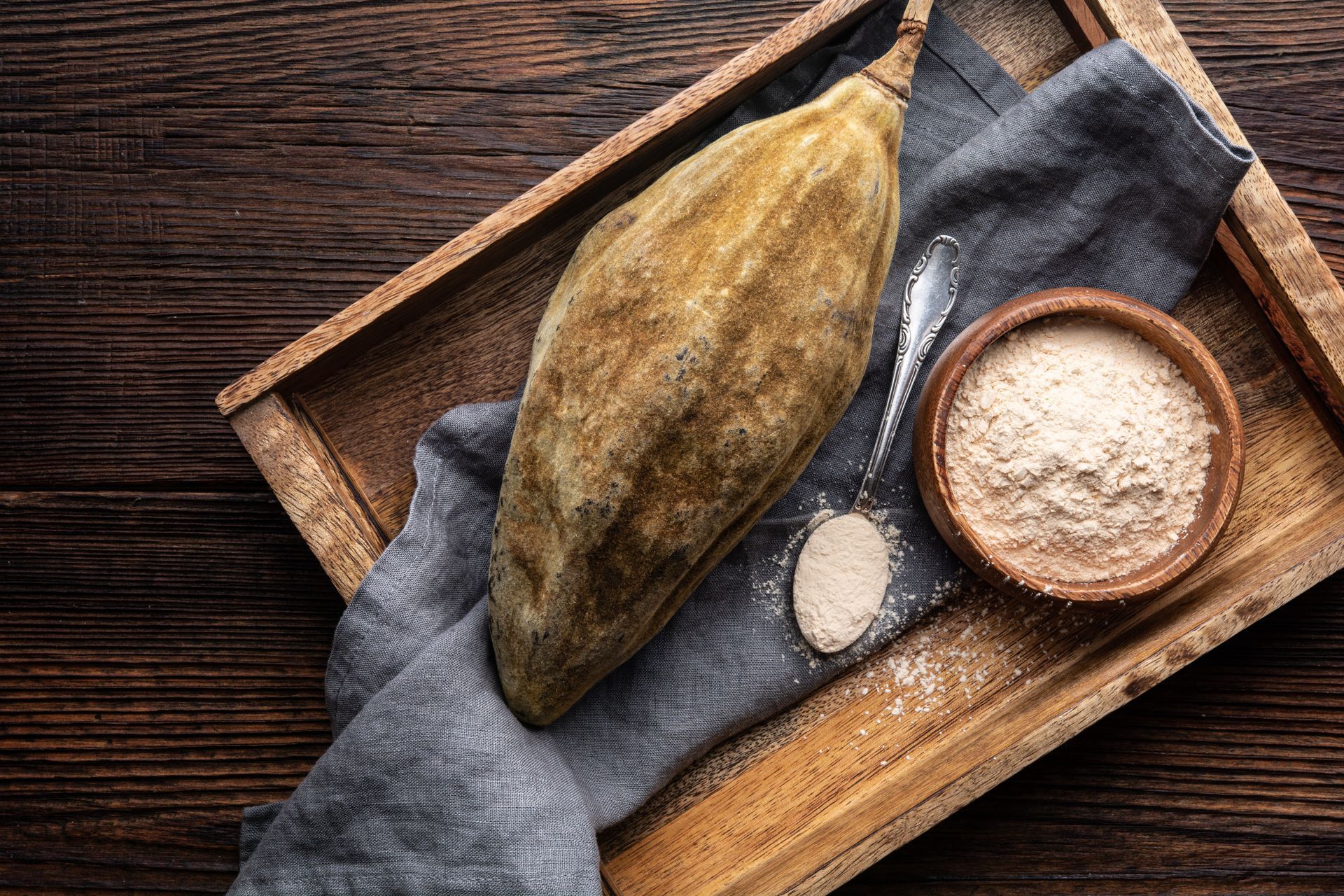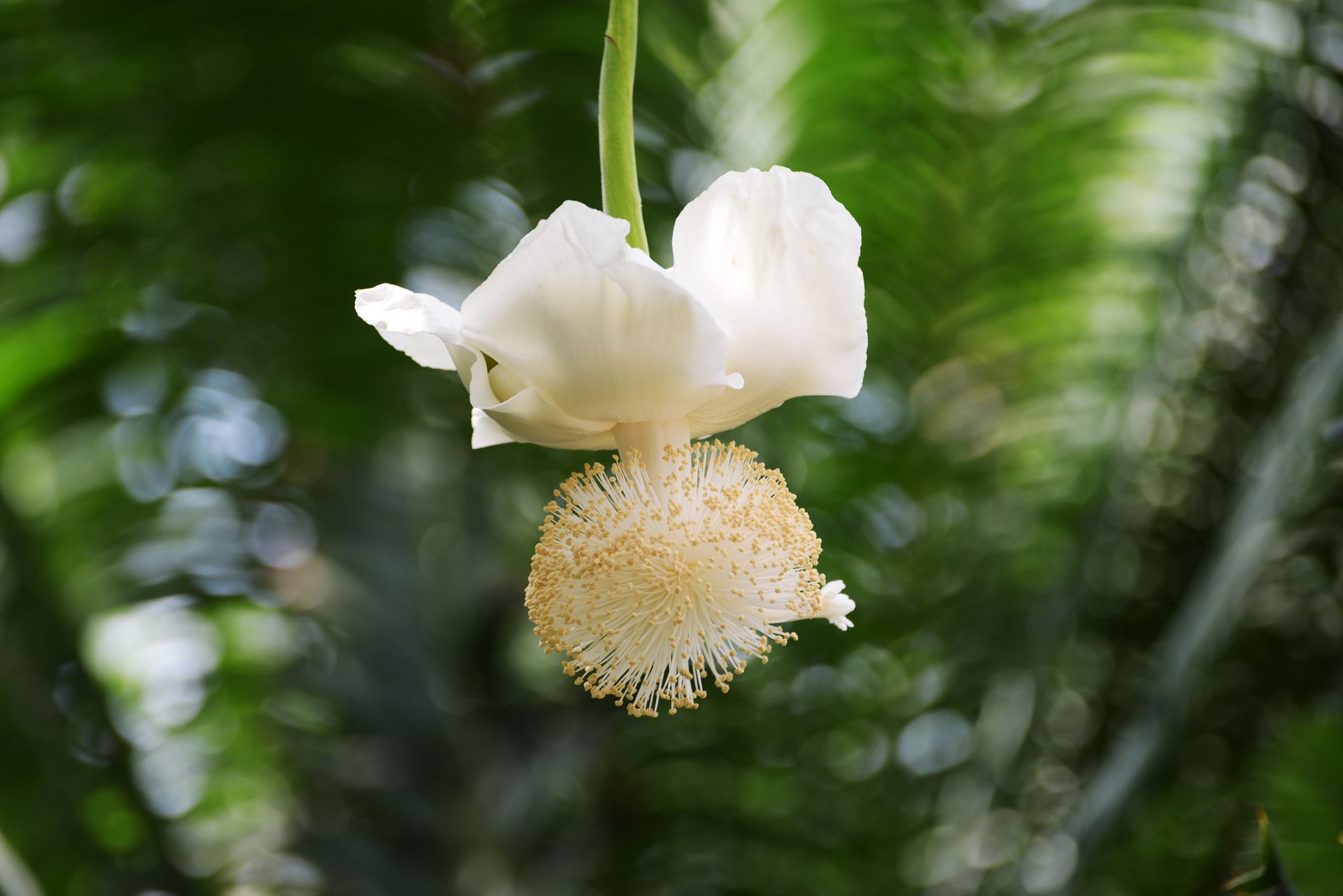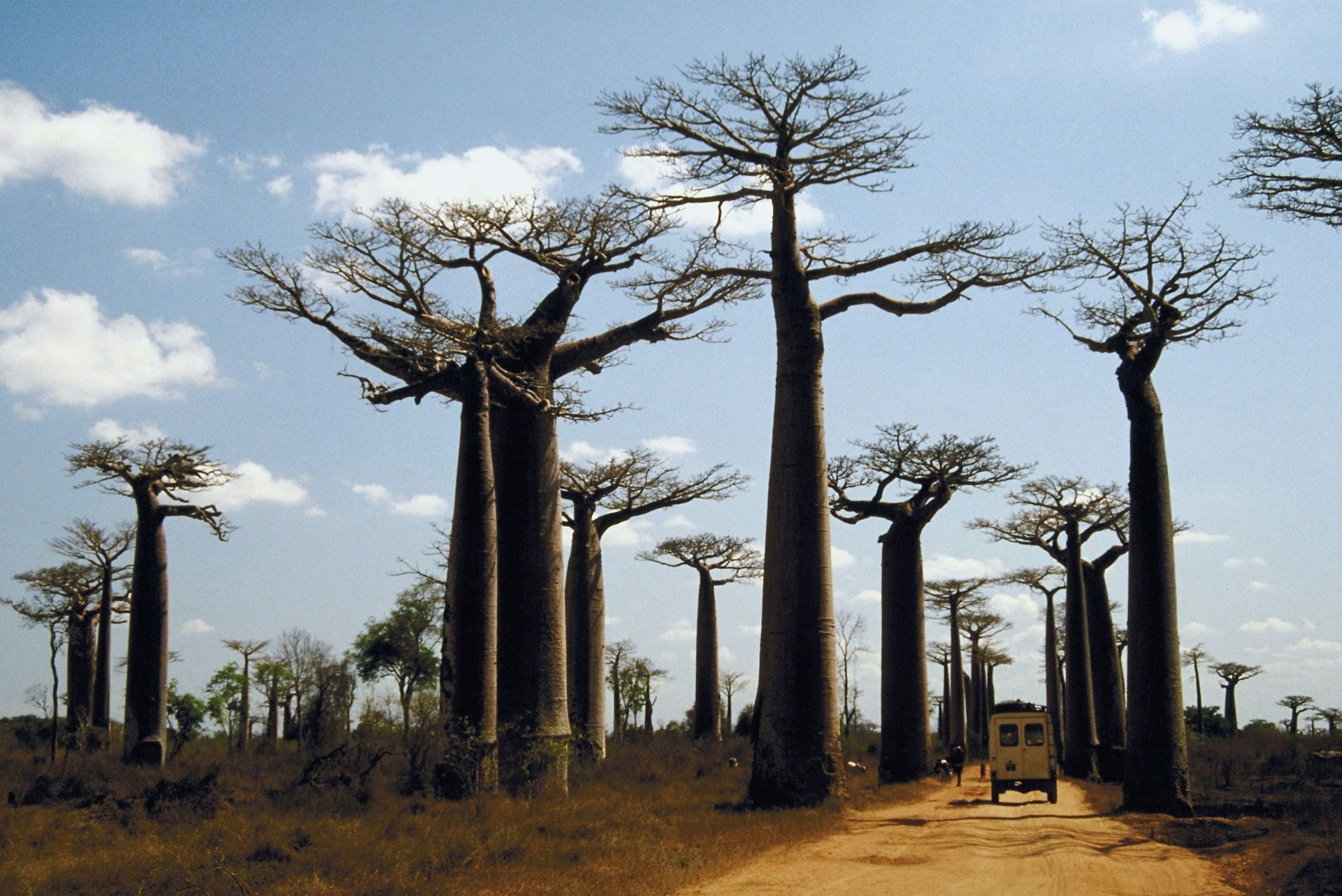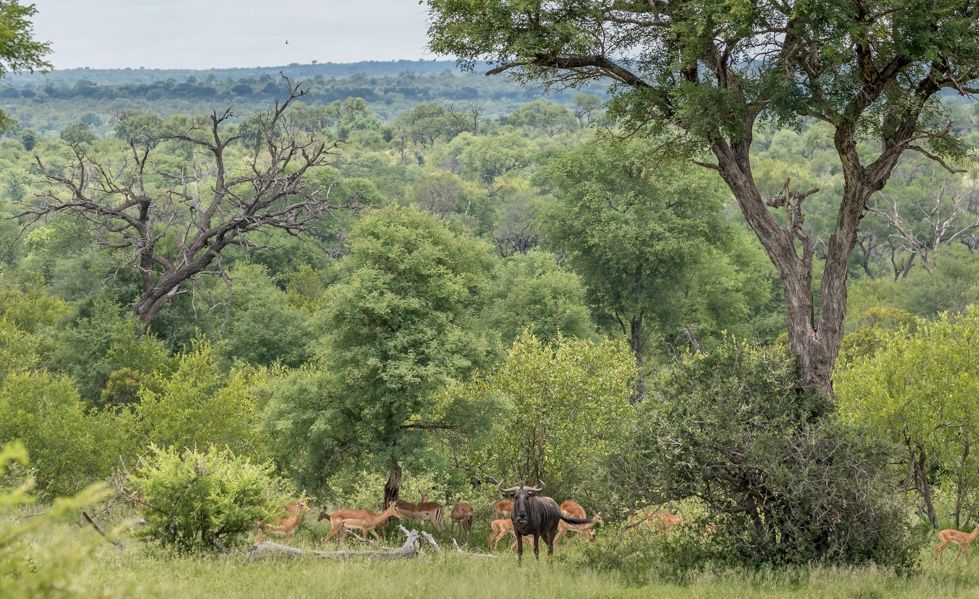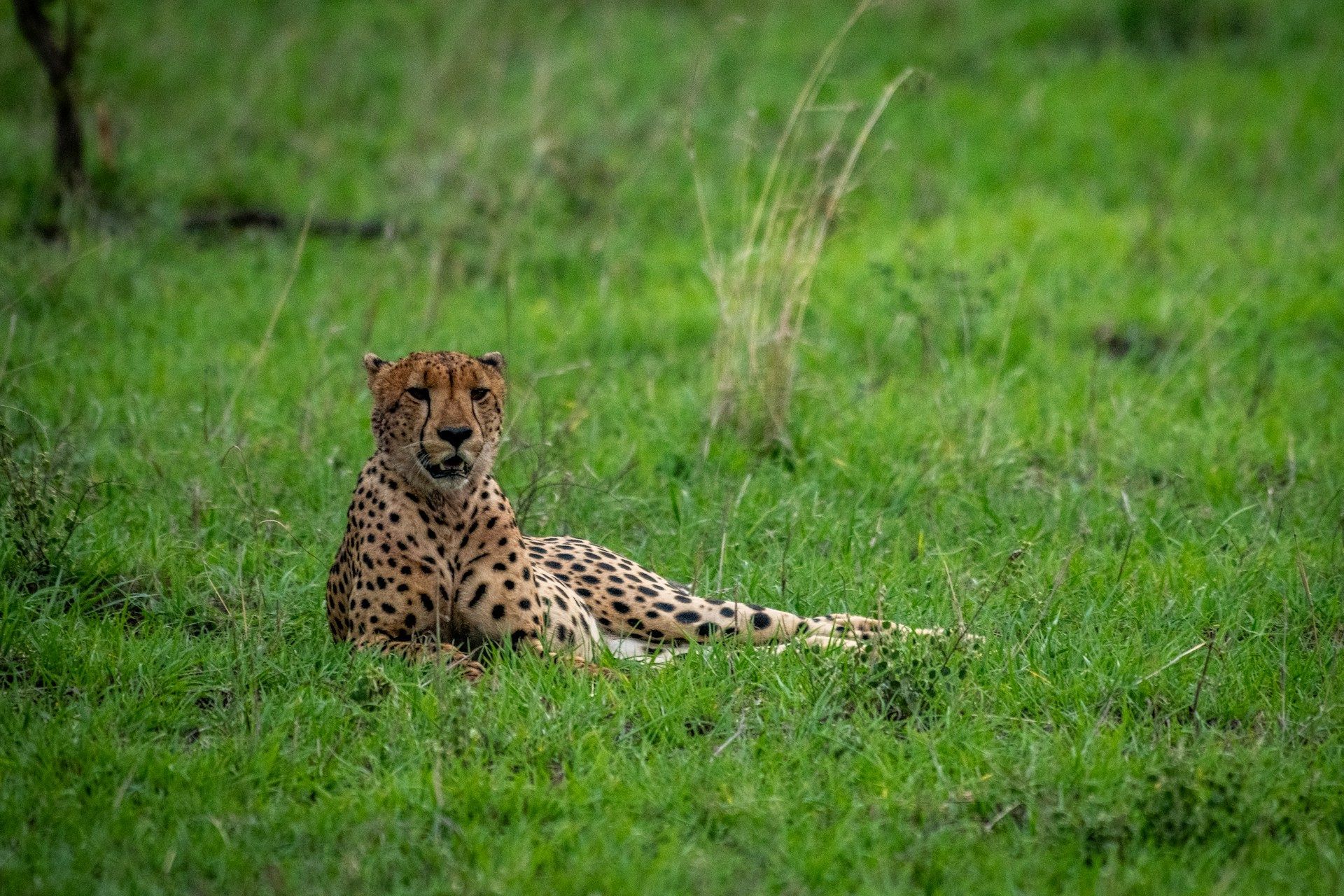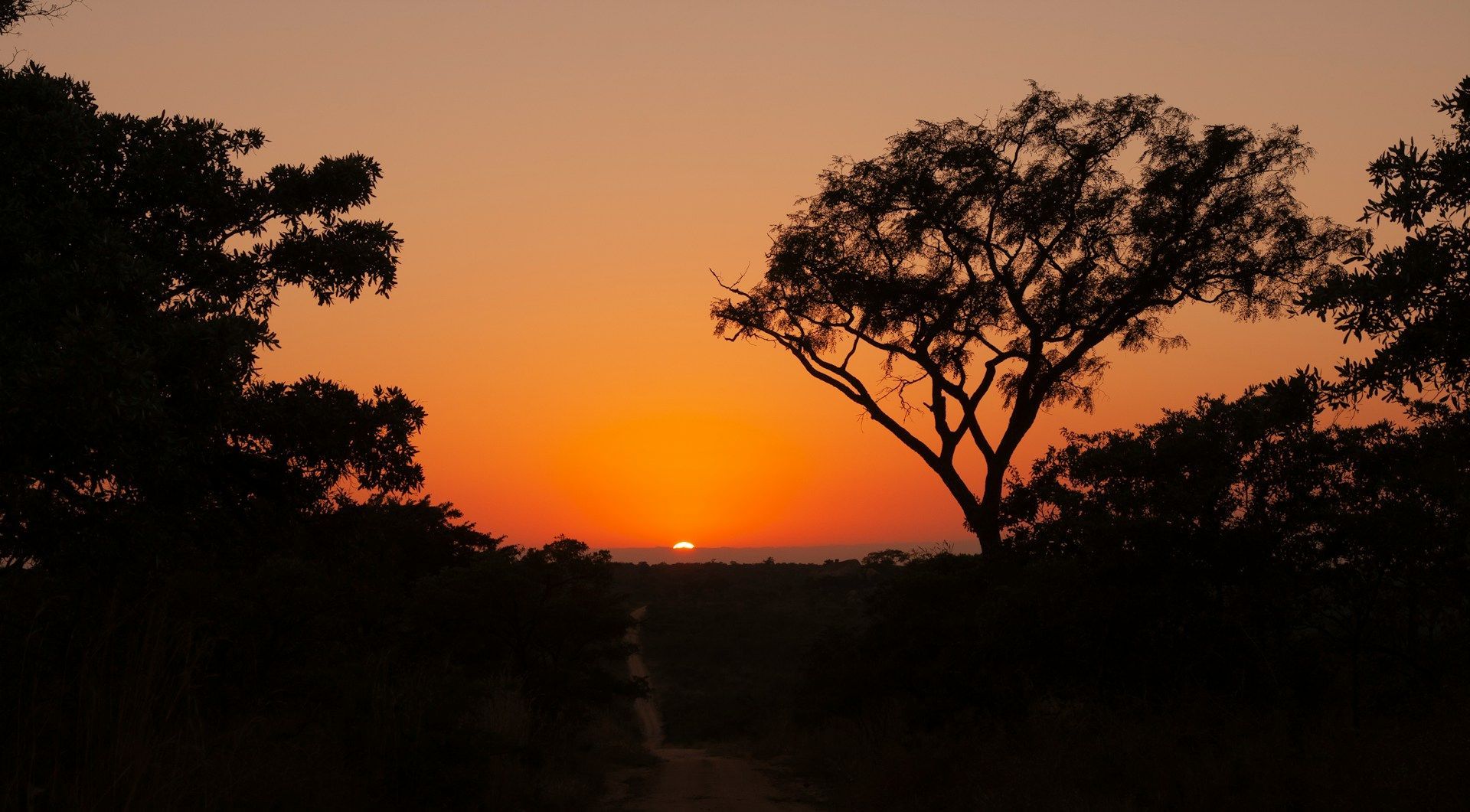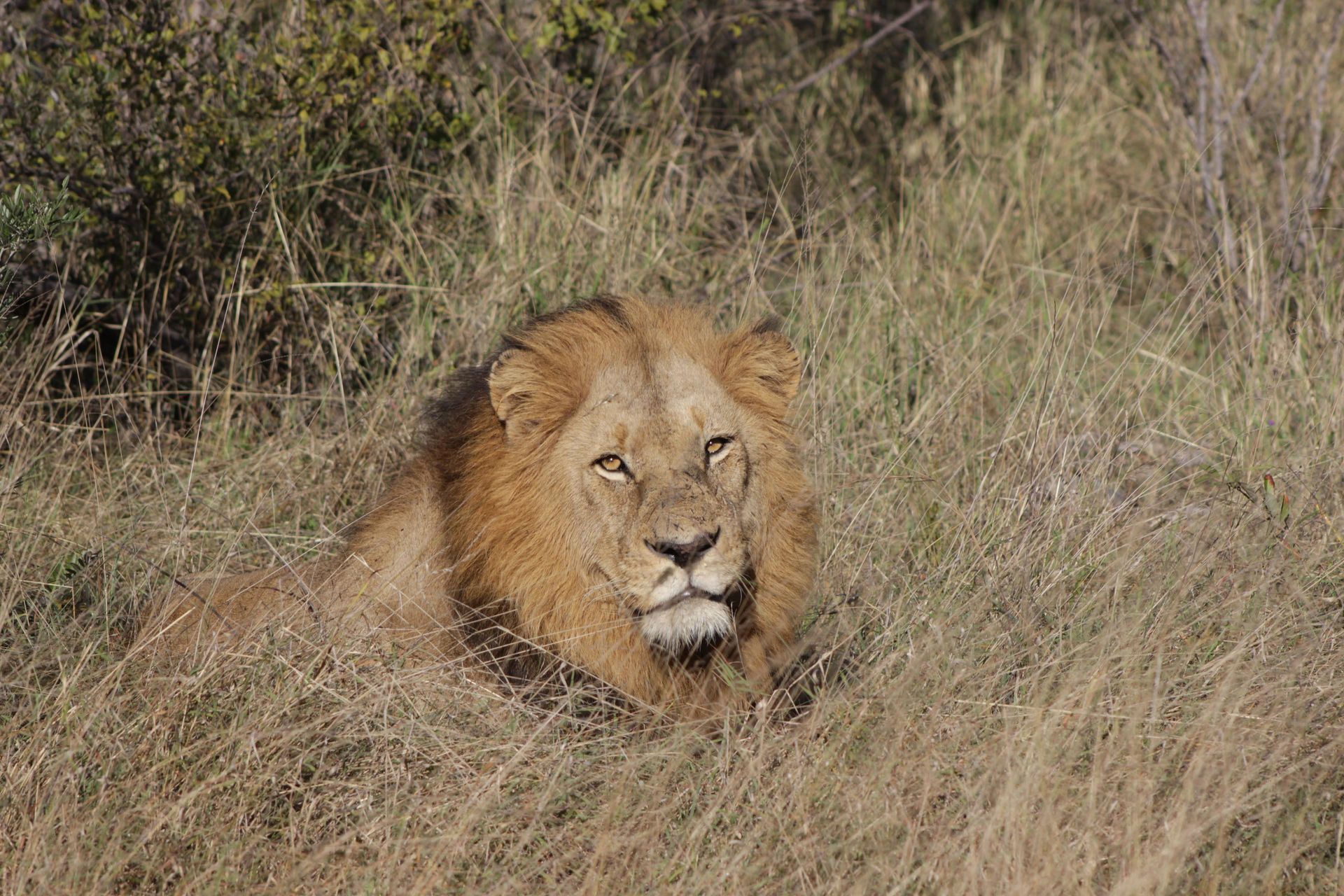Meet the baobab - our tree of life!
This legendary African icon is a true wonder of nature...
As you traverse the northernmost landscapes of South Africa’s Greater Kruger National Park, you'll occasionally find a silent giant that has stood watch for centuries – the baobab tree. Known scientifically as Adansonia digitata, this majestic icon belongs to a family of ancient trees that also flourishes in Madagascar and even in parts of Australia. Revered across continents for its resilience and life-sustaining qualities, the baobab is one of nature’s great survivors. It's also "our" tree, with young specimens of it growing on the ridge that gave us our name. So, let's find out more about this fascinating African legend...
Our baobab at the pool deck in all its changing forms...
The African baobab, commonly known as the “tree of life,” holds a place of honour not only here in South Africa but throughout the African landscape. These colossal trees can live for thousands of years, offering shelter, food, and water to animals and humans alike. In the Greater Kruger, the southernmost area you'll find these amazing trees, baobabs thrive as robust symbols of survival in an environment of extremes.
Towering over the bushveld, these trees endure blistering heat and dry seasons with their water-storing trunks and deep roots. During the dry season, their moisture-rich interiors act as life-saving reservoirs for wildlife and people alike, underscoring their place in tribal folklore as symbols of strength, adaptability, and wisdom.
Africa boasts a remarkable "baobab belt," stretching across the continent from the savannahs of Senegal in the west to the arid lands of Sudan in the east. This belt encompasses regions where baobabs flourish, playing critical ecological and cultural roles. The most southerly baobabs are found in the northern region of South Africa, particularly in Limpopo Province, where they mark the edge of their natural range. These southern sentinels are a testament to the tree's incredible adaptability and resilience.
At Baobab Ridge, our baobabs were planted many decades ago and are flourishing. The largest is to be found overlooking our swimming pool, and there are several smaller specimens throughout the lodge's grounds. We think they were already established seedlings when planted, but it's hard to know for sure because they are not exactly the world's fastest growing tree! In fact, Baobabs are famous for their slow growth rate, taking literally centuries to reach giant status.
An old rule of thumb for assessing a baobab's age adds 100 years to each metre of the trunk's circumference at its widest point. The further north you go from the Klaserie, the bigger the baobabs get. In the far north of the Kruger National Park, they are well on their way to becoming ancient. Once you cross the Limpopo River and head north beyond the Zambezi, you find true giants that are more than 2,000 years old.
There are equally ancient baobabs along the Nile that are another testament to the tree's storied past. These venerable giants have witnessed the ebb and flow of civilisations along the world's longest river, standing as silent witnesses to history.
Across Africa, tribal beliefs about the baobab’s upside-down shape have grown over centuries. According to traditional stories, the gods planted the baobab upside-down after it boasted too proudly, leaving its “roots” to wave in the air as a reminder of humility. This fantastical form has only enhanced its reputation, with some communities seeing the trees as ancestral spirits. The image of a baobab silhouetted against the evening sky is a sight that speaks to these age-old beliefs, inviting awe and reverence.
Not far from Africa’s shores, Madagascar boasts six unique species of baobab, whose tall, slender trunks rise dramatically against the island’s red soils. While these species differ in appearance from the African baobab, they share similar cultural significance, often considered spiritual trees and frequently celebrated in local lore. Madagascar’s famous Avenue of the Baobabs, where rows of Adansonia grandidieri stretch like ancient sentinels, draws thousands of visitors each year. Here, the trees are icons of natural and cultural heritage, representing a connection between the people and the land.
Baobabs also have a distant cousin in Australia, Adansonia gregorii, which thrives in the northern landscapes. Indigenous communities have long used the trees for food, shelter, and medicine. Known locally as the “bottle tree” due to its swollen trunk, the Australian baobab is called a "boab" and shares the unique water-retaining quality of its African and Madagascan relatives, providing essential moisture to communities and wildlife in its arid surroundings. Like the baobabs of Africa and Madagascar, Australia’s baobab is also celebrated in indigenous folklore, representing ancestral connections and survival.
Here at home, the baobab is a keystone species of its ecosystem, offering food and refuge to animals such as elephants, baboons, and birds. Elephants often strip its fibrous bark for moisture, and baboons feast on the nutrient-rich fruit, aptly named "monkey bread." This fruit, prized for its high vitamin C, calcium, and antioxidant content, has become an export commodity for health markets, yet its use in Africa extends back centuries as a staple of both diet and medicine. It used to be the source of creme of tartar and today it's become an economic driver, thanks to its use in a wide range of essential oils and botanical extracts favoured by the wellness industry.
The otherwise bare tree goes into leaf in the rainy season, usually from November onwards and flowers shortly after. The flowers are huge, sweet-smelling and pendulous, and open at night, attracting hawkmoths (their main pollinators) and bats. The fruit emerges from the flowers and takes around six months to grow.
Baobab fruit and oil deeply nourish the skin, leaving it soft, supple and radiant and the oil acts as a skin barrier. We have baobab bath oils available in our bathrooms for guests to use in our wonderful soaking tubs. Its collagen-stimulating prowess makes it a prized ingredient in skincare and cosmetics worldwide.
Similarly, baobab products are used in scalp and hair care, to banish dandruff and add shine. Also known as the "pharmacy tree" baobab products work wonders for skin conditions like eczema, hives, and acne, as well as assisting with sun care. As a dietary supplement, baobab fruit pulp provides a powerful dose of essential vitamins and minerals, bolstering overall health and immunity.
So, the next time you come to visit us, pay our baobabs a visit, hug them, stroke their super-smooth trunks and marvel at just how amazing they are!
